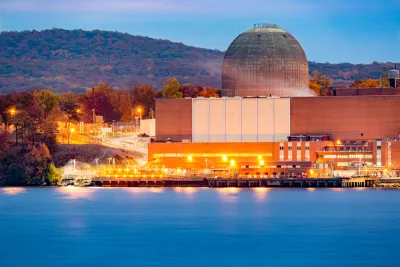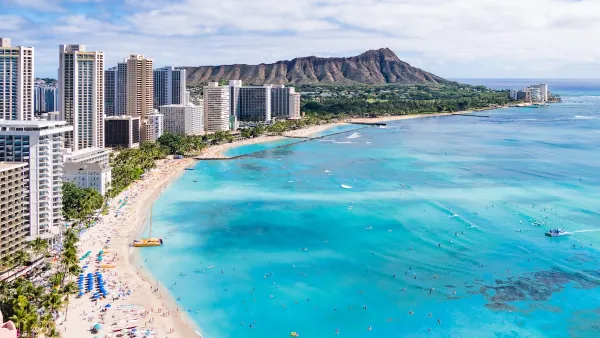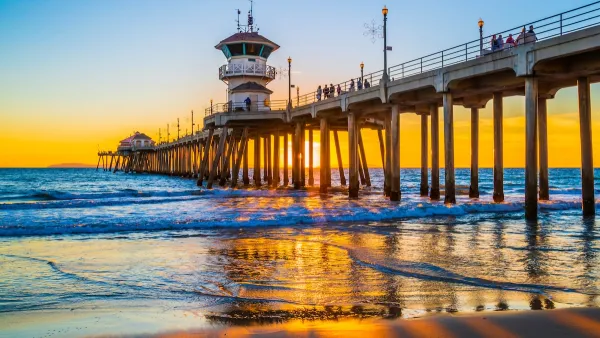Environmentalists are pushing the nuclear industry to do more to prepare for sea level rise. An estimated 13 nuclear plants in the U.S. are considered vulnerable now or in the future.

Christina Nunez writes of a threat to 13 nuclear power plants located in the United States—rising sea levels as a result of climate change. Nunez opens the story by citing the example of two reactors located off Florida's Biscayne Bay at the Turkey Point nuclear plant. The plant is licensed to operate until 2032. "At some point after that, if you believe the direst government projections, a good part of the low-lying site could be underwater," writes Nunez.
Nunez notes that the 2011disaster at Japan's Fukushima Daiichi nuclear plant shifted the debate about nuclear—especially with regard to sea level rise. Nunez cites the example of a pair of reactors in the United Kingdom that were "taken offline in 2013 because of concerns that an extreme event could overwhelm its seawall, which was then improved."
In the United States, the nuclear power industry is in the process of reevaluating its flood risks, producing a "strategy it calls FLEX, where key backup equipment is stationed at multiple locations so it can be shuttled to a distressed plant."
Given the 13 nuclear sites considered at risk, all located along the Atlantic and Gulf coasts, some believe that not enough is being done. "In the past, historical data about storms and flooding would inform the licensing requirements for a unit," explains Nunez, but sea level rise will render such historical data obsolete. Researchers have flagged four plants—in New Jersey, New Hampshire, and Connecticut—as particularly vulnerable.
The article includes more information on safety considerations at soon-to-be-decommissioned plants (such as Turkey Point, mentioned above) as well as ongoing rule-making processes that could implement additional safety regulations at nuclear plants.
FULL STORY: As Sea Levels Rise, Are Coastal Nuclear Plants Ready?

Analysis: Cybertruck Fatality Rate Far Exceeds That of Ford Pinto
The Tesla Cybertruck was recalled seven times last year.

National Parks Layoffs Will Cause Communities to Lose Billions
Thousands of essential park workers were laid off this week, just before the busy spring break season.

Retro-silient?: America’s First “Eco-burb,” The Woodlands Turns 50
A master-planned community north of Houston offers lessons on green infrastructure and resilient design, but falls short of its founder’s lofty affordability and walkability goals.

Test News Post 1
This is a summary

Analysis: Cybertruck Fatality Rate Far Exceeds That of Ford Pinto
The Tesla Cybertruck was recalled seven times last year.

Test News Headline 46
Test for the image on the front page.
Urban Design for Planners 1: Software Tools
This six-course series explores essential urban design concepts using open source software and equips planners with the tools they need to participate fully in the urban design process.
Planning for Universal Design
Learn the tools for implementing Universal Design in planning regulations.
EMC Planning Group, Inc.
Planetizen
Planetizen
Mpact (formerly Rail~Volution)
Great Falls Development Authority, Inc.
HUDs Office of Policy Development and Research
NYU Wagner Graduate School of Public Service



























